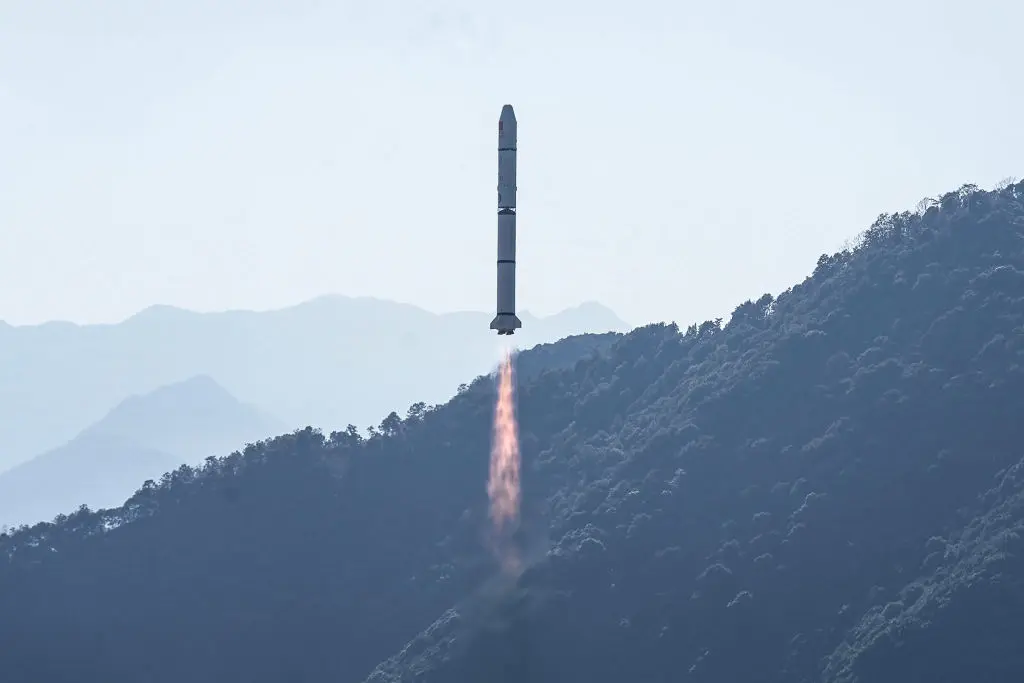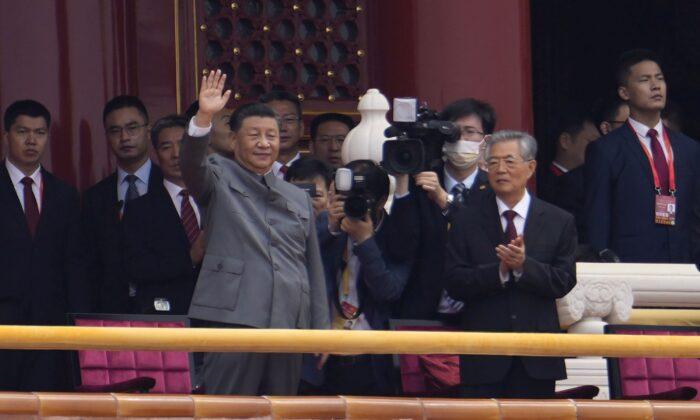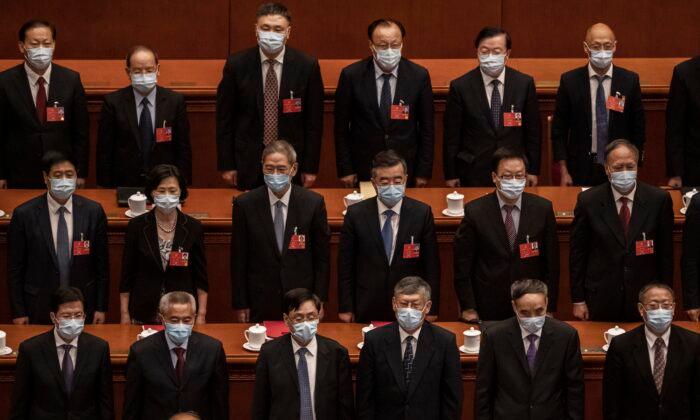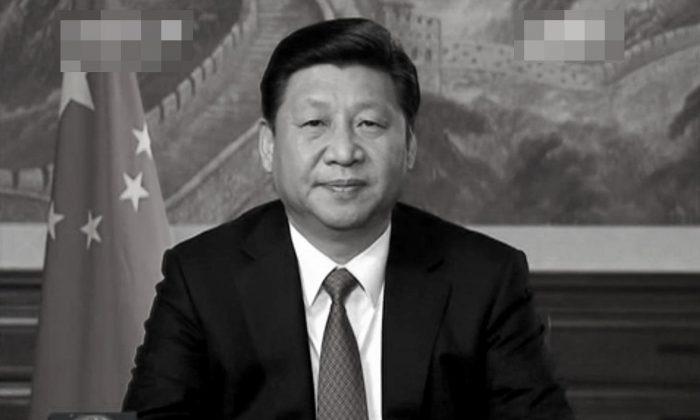The People’s Liberation Army conducted its first-ever concurrent military exercise operation to simulate a nuclear war. The maneuvers were conducted from midnight April 26 through midnight May 15, 2008.
Operation ‘08-weiguo-20’
Military exercises simultaneously conducted in northern, middle, southwestern, and northwestern China were part of an operation code-named “08-weiguo-20.”This was the first organized military exercise operation of the Chinese Communist Party (CCP) occurring after its 17th Congress and the 11th plenary session of the Political Consultative Conference. According to a high-ranking military official, judging from the scale of the engagement of the combined armed forces, the degree of sophistication of equipment, war strategy simulation, time, environment, and international concerns, the impact and significance of this exercise surpassed a military operation conducted by the regime in the spring and summer of 1996.
Four Parts of the Exercise
The military exercise consisted of four parts:
1) Integration of conventional weaponry in actual combat maneuvers
2) Testing the military tactics and strategies of high-level commanders with hi-tech criteria, in a simulated, complex, and intense war environment
3) Examination and assessment of actual state-of-the-art equipment and weaponry vis-a-vis the criteria of new military strategies and tactics
4) Simulation of nuclear and laser war
Guo Boxiong, deputy chairman of the military commission, was the commander-in-chief of this military project. The vice commanders were Liang Guanglie and Chen Bingde. Other commanding officers included Liao Xilong, Chang Wanquan, Ge Zhenfeng, Wu Shengli, Xu Qiliang, and Jing Zhiyuan.
Over 30 observation groups conducted on-site research. These groups were drawn from every division of the armed forces, including the seven major military bases, military schools, military science departments, and military equipment research and manufacturing units.
Considerations of the Central Military Commission
The Central Military Commission presented considerations for this military operation, consisting of “four adaptations, five problems to resolve, and one preventative measure.”
The four adaptations concerned:
1) Adapting to new technology and regional wars
2) Adapting to fighting in a multi-faceted, modern war of attrition (a style of war that has never been officially disclosed)
3) Adapting to surprise attacks by high-tech destructive military groups
4) Adapting to attacks by nuclear weapons and counterattack battles
While inspecting a military base near Beijing and Tianjin, Commander-in-Chief Guo said: “First, we need to presume the likelihood of war, so we won’t be in a passive mode when war commences. We need to know more about high-tech weapons, be familiar with, and be able to incorporate various military tactics under complex, threatening, and uncertain situations.”
The five problems to resolve:
1) Lack of expertise on war and counterattack war
2) Troops lacking understanding of war and equipment, strength of will, and vigilance
3) Troops which are disorganized, undisciplined, unrestrained, and disobedient
4) Knowledge of modern and high tech war tactics (superceding outdated knowledge)
5) Lack of knowledge and technical expertise handling and maintaining high-tech equipment and weaponry
Guo pointed out in a high-level military conference: “Living a peaceful, materially abundant life has made our high-ranking military commanders fearful of going to war: moreover, with the prospect of high-tech destructive wars, this is a hidden problem in building up the military. To eliminate hidden problems is a key objective.
One preventative measure:
To prevent the degeneration of the military. The perception prevailed that going against the Party’s leadership in difficult times or during developmental periods would contribute to political crisis and the weakening of the military substrate.
The Exercise Listed Over 200 Issues To Be Resolved
Another goal and mission of this military exercise was to solve problems exposed in maneuvers in recent years. Ten categories presented 270 problems requiring resolution, 75 percent of which involved the use of tactics and weapons. The commanding officers’ poor knowledge of modern military affairs has been assessed as a hidden danger and critical in building a modernized military and national defense.
Primary Focus of the Military Exercise: To Simulate Nuclear War
The unique feature that distinguished this military exercise from others was the simulation of nuclear war. An attack and counterattack sequence was staged inside the Hongshagang underground military base in the Jinchang region of Gansu Province, and the Aerjinshan underground military base. The nuclear bombs used in the simulation had the power of about 1/500 of that of the bombs used in the bombing of Hiroshima and Nagasaki. Chen Bingde, general chief of staff, and Jing Zhiyuan, a commanding officer, were present to supervise. This simulation was the main focus of this military exercise.




